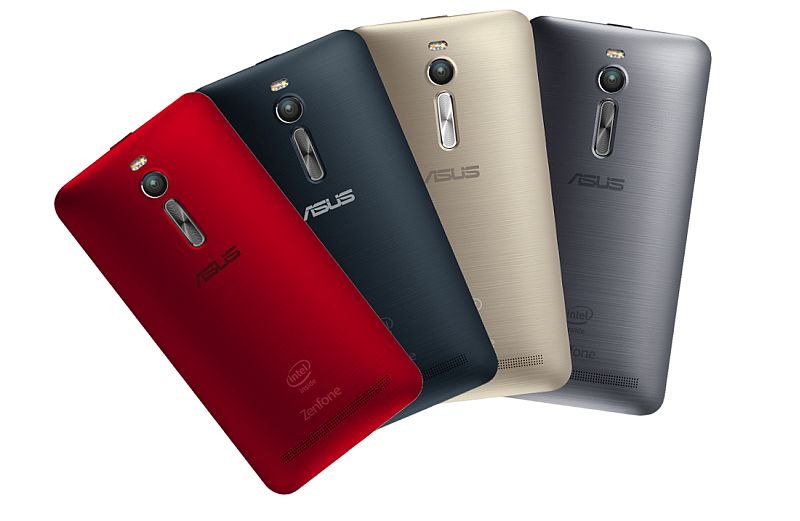Introduction
We see innovations in the field of IT software every now and then but there are few technologies that we saw in 2020 that have a greater potential to transform human experience the way humans interact with devices through digitization.
Let’s Discuss Some Top Trends From 2020:
- Hyper Automation
Robotic process automation is the beginning of hyper automation but when it uses advanced applications like artificial intelligence (AI), machine learning (ML), packaged softwares and highly automated tools to deliver tasks. Hyper Automation extends across a range of tools that can be automated, but also refers to the sophistication of the automation (i.e., discover, analyze, design, automate, measure, monitor, reassess.)”
-
Augmented Reality and Virtual Reality
Garter research says “by 2028, the user experience will undergo a significant shift in how users perceive the digital world and how they interact with it.”
Augmented Reality is when a live view is added by the device’s camera and Virtual Reality is when a virtual simulation is created which shuts the real world. Combination of AR and VR is called mixed reality. These techno innovations are changing human experience and will bring a significant change in the way humans interact with the digital world.
It’s being used in gaming, field of medicine discovery, hospitals, manufacturing etc
-
Democratization of Expertise
It is defined as “easy access to technical or business expertise without long and expensive learning”. Democratization focuses on four key areas- democratization of data and analytics, development, design and knowledge.
By 2023 their growth is expected to accelerate, it’s called “Citizen access” (for example, citizen data scientists, citizen integrators), as well as the evolution of citizen development and no-code models, are examples of democratization says Gartner.
-
Human Augmentation
Human augmentation is used to deliver cognitive and physical experience which are part of human existence. Another word for it is “wearables.” We have seen it being used in health gadgets, hospitals, mechanical devices. Some latest implementations- exoskeletons, motion savvy, google glass, Neuralink by elon musk etc.
-
The Empowered Edge
In the IT field it’s used to describe empowering computing centralization that is distributed toward the edge of a network, the end user and the end user device.
Gartner describes it in simple words “Edge computing is a computing topology in which information processing and content collection and delivery are placed closer to the sources, repositories and consumers of this information.”
It is also known as device democracy- it helps to achieve security, low latency rate and efficiency.
-
Distributed Cloud
A distributed cloud is a type of cloud services where its public cloud services are geographically distributed and primarily services run at network edge.
Basic cloud services have centralised data centers.
Distributed cloud technology can help reduce latency, network congestion, and risk of data loss, more data security and data regulatory & compliances can be strictly followed since all the data can be kept in a country where it is generated.
Gartner predicts a few different business models will arise as this form of cloud spreads in adoption. The business models are somewhat similar to the software-, infrastructure-, and platform-as-a-service models that are currently popular.
-
Artificial Intelligence
The aim of AI is to mimic humans like intelligence. Artificial intelligence is categorized into machine learning, deep learning, reinforcement learning, natural language processing, computer vision and explainable AI. The technology is designed to equipe computer systems to perform tasks like speech recognition, planning and learning, problem solving & creativity, knowledge representation, perception and motion and social intelligence. By 2030 AI is expected to create 70M jobs across the globe.
-
Internet of Things
Internet of Things, a network of devices connected to each other via the internet, these devices can interact and share information. IoT not only enables devices to communicate but also allows their remote accessibility.
IoT is being used in wearable devices, smart homes, smart cities, self driven cars, healthcare as IoMT etc.
One of the new emerging technologies is Autonomous Things, it’s again a part of the IoT tree, as per gartner’s report “Autonomous things are physical devices that use AI to automate functions previously performed by humans. The most recognizable forms of autonomous things are robots, drones, autonomous vehicles/ships and appliances.”
-
Blockchain
Blockchain is an electronic ledger or a distributed decentralized network that provides immutability, privacy, security, and transparency. Blockchain works on consensus mechanisms where all the transactions are secured and verified, every new block that is added to the Blockchain is the one and only version of the truth that is agreed upon by all the nodes in the Blockchain.
This keeps a time stamped record of each transaction, each linked to the previous block which can not be changed.
-
AI Security
If we go by the report and market norms there is a greater opportunity for technologies like AI/ML, IoT, hyper automation, this involves a lot of data storage and data sharing. Now there is a major cyber security threat for risk management teams and regulation authorities, the risk includes in areas such as IoT enabled devices, cloud computing, microservices and highly connected systems in smart spaces. There will be a huge pool of opportunities for AI Security where AI will be leveraged to secure. Gartner researchers say “Security and risk leaders should focus on three key areas — protecting AI-powered systems, leveraging AI to enhance security defense, and anticipating nefarious use of AI by attackers.”
[“source=xcubelabs”]














